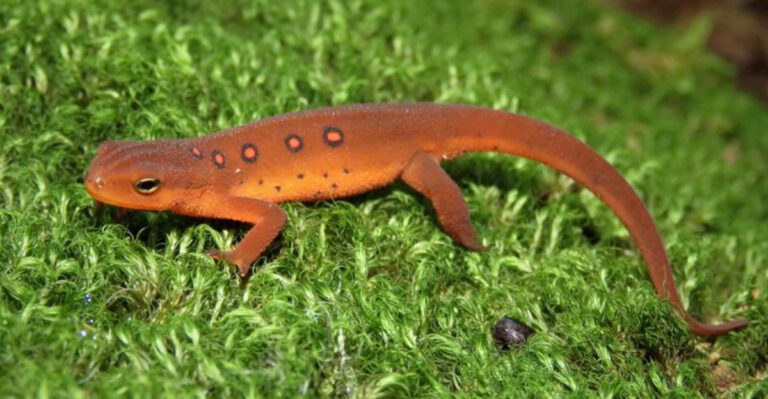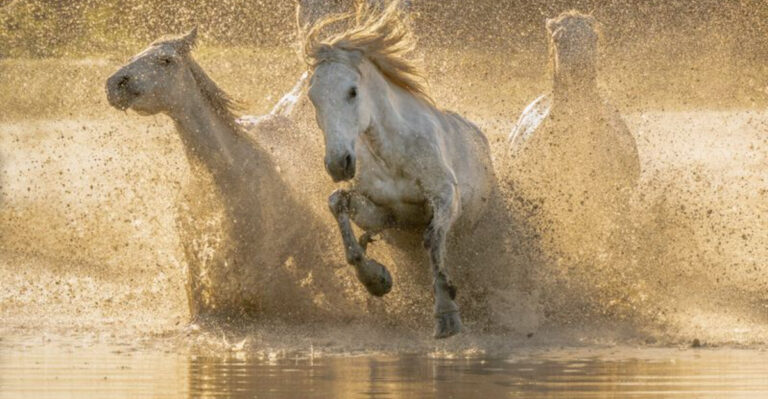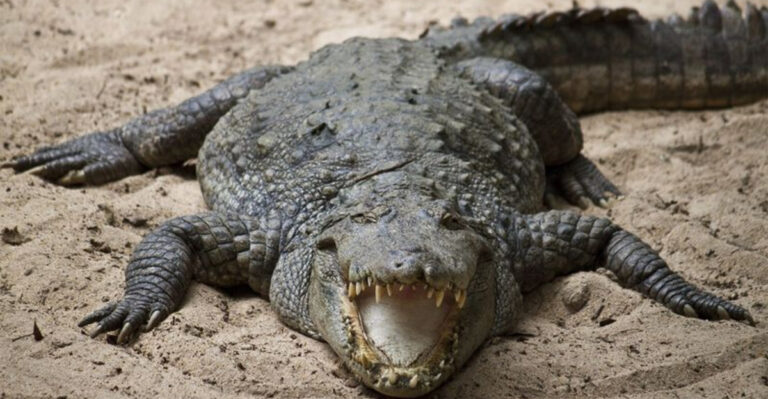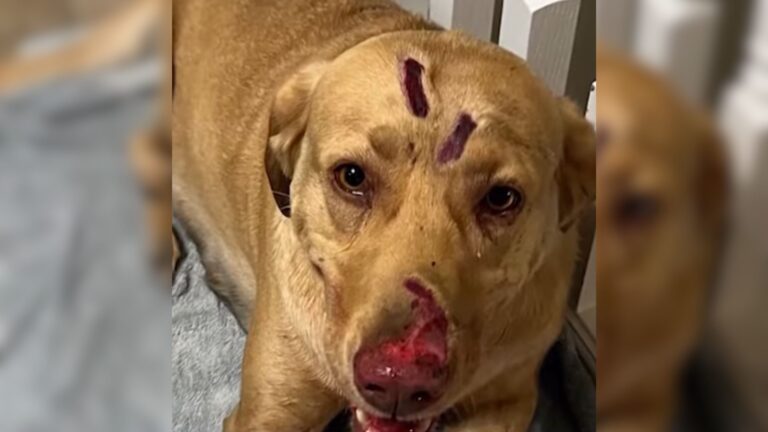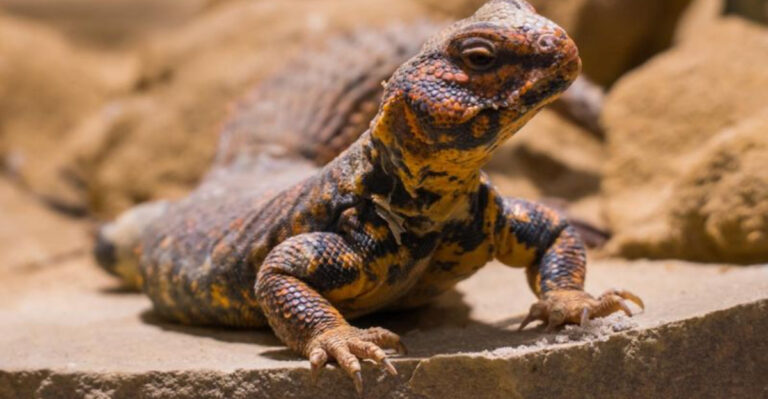12 Issues America’s Wild Boars Cause And Why We’re Not Doing Anything About It
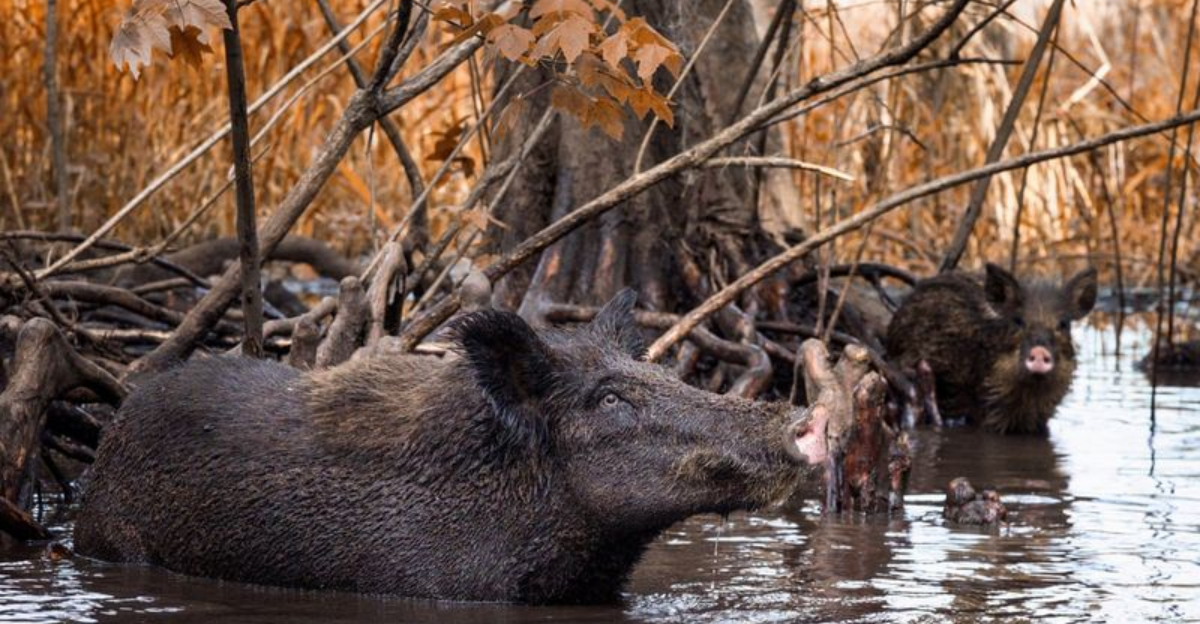
Wild boars are running rampant across America, causing billions in damage and wreaking environmental havoc.
These invasive creatures multiply at astonishing rates, with a single sow capable of producing up to 12 piglets twice yearly. Despite the mounting crisis, our response remains fragmented and insufficient, allowing the problem to worsen year after year.
1. Farmland Destruction Machine
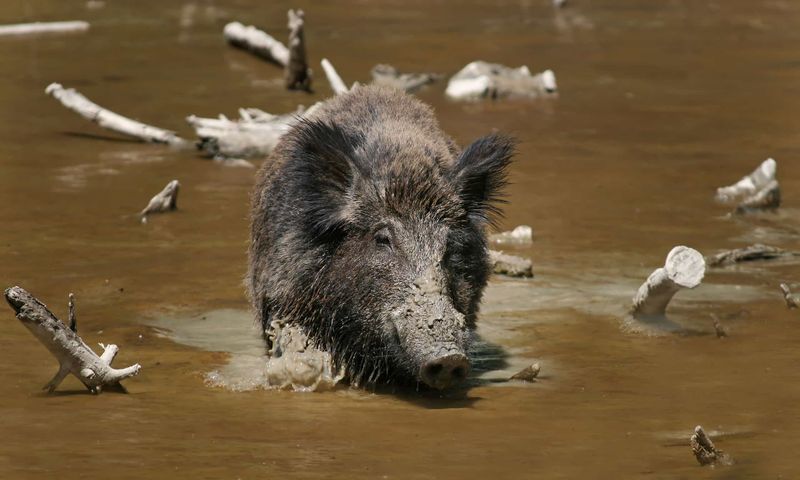
Farmers wake up to nightmares of demolished crops and torn up fields. Wild boars plow through agricultural land with their strong snouts, uprooting plants and destroying harvests overnight.
The financial toll reaches nearly $2.5 billion annually in crop damage alone. Many small farmers lack insurance coverage for wild animal damage, pushing some toward bankruptcy after a single devastating boar visit.
2. Native Wildlife Competitors
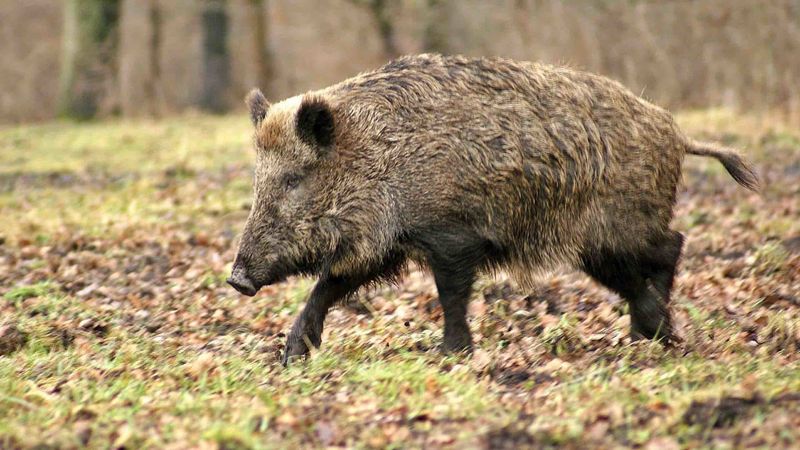
Our local wildlife never evolved to compete with these aggressive invaders. Boars consume the same foods as deer, turkey, and other native species but require more calories and forage more aggressively.
They also raid ground nests, devouring eggs and young animals. Scientists have documented population declines in several bird and small mammal species directly connected to areas with high wild boar density.
3. Water Quality Wreckers
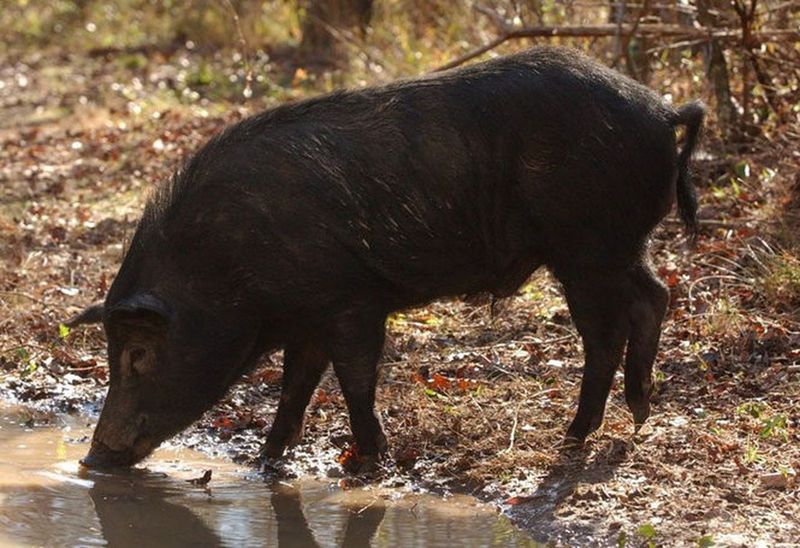
Streams and wetlands suffer tremendously from wild boar activity. Their wallowing behavior creates muddy, contaminated water bodies as they cool themselves in hot weather.
Fecal matter introduces harmful bacteria into waterways. Studies show E. coli levels can spike up to 40 times higher in streams frequented by boar herds. This contamination threatens drinking water sources and creates health hazards for humans and wildlife alike.
4. Disease Transmission Vectors
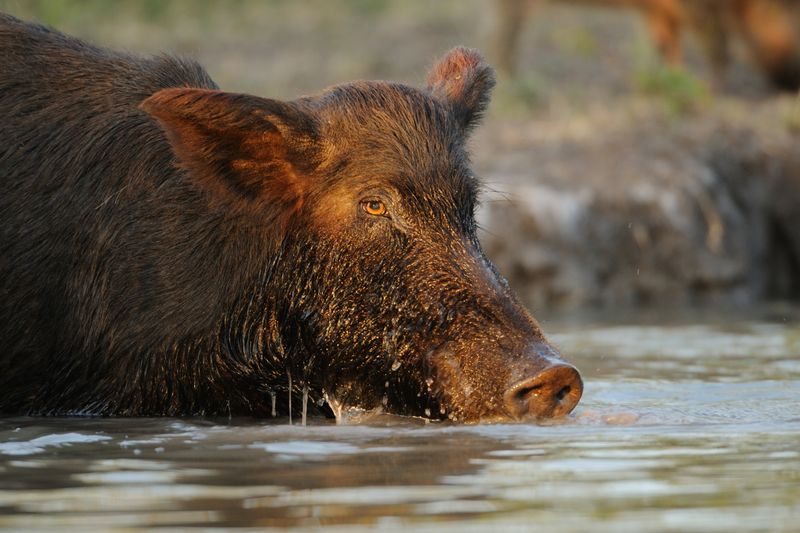
Wild boars carry at least 30 viral and bacterial diseases transmissible to livestock, wildlife, and humans. Brucellosis, pseudorabies, and swine fever represent just a few of the serious threats.
Veterinarians worry about disease reservoirs forming in wild populations. A single infected boar can initiate an outbreak that devastates commercial pig operations, potentially costing millions in lost livestock and containment measures.
5. Ecological System Disruptors
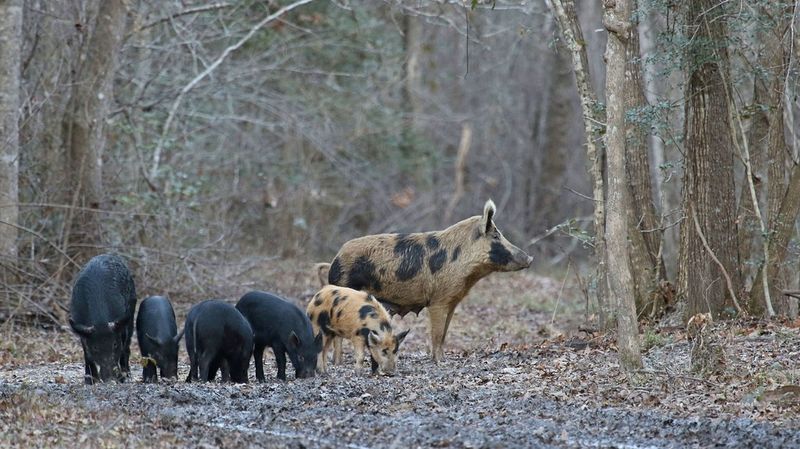
Forest regeneration faces significant challenges in boar-heavy regions. Their rooting behavior destroys undergrowth and consumes tree seeds and seedlings, preventing forest renewal.
Soil disturbance accelerates erosion and alters nutrient cycling. Plant communities shift toward invasive species that tolerate the disruption. Some forest managers report needing to replant areas multiple times after boar damage, substantially increasing reforestation costs.
6. Suburban Invaders
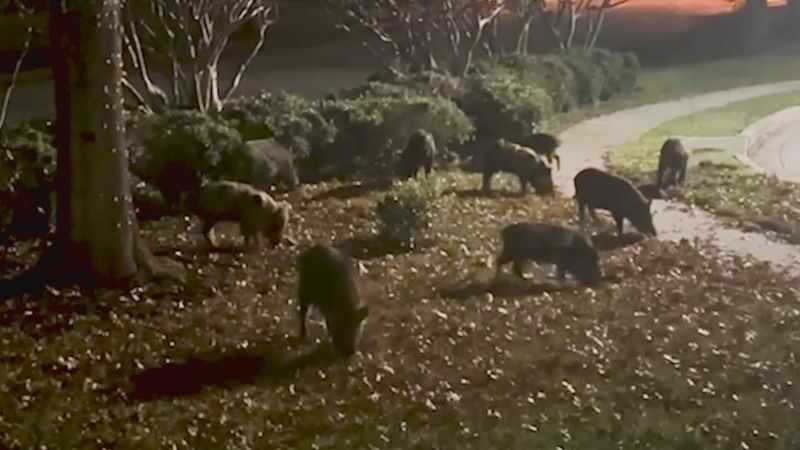
Boars no longer stay confined to rural areas. Neighborhoods in Texas, Florida, and California regularly report boars tearing up lawns, gardens, and golf courses.
Personal safety concerns rise as encounters increase. While rarely aggressive unless cornered, mother boars with piglets pose genuine threats to pets and people. Some communities now warn children against outdoor play in areas with known boar activity.
7. Fragmented Management Approaches
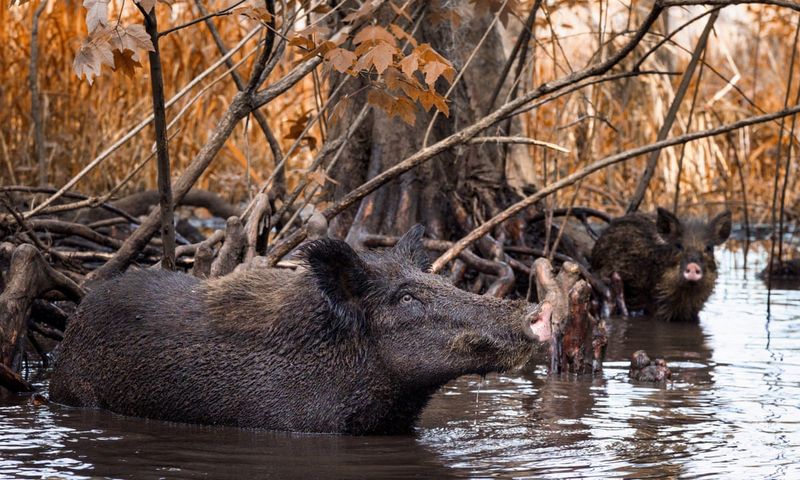
No unified national strategy exists for wild boar control. Each state creates its own policies, resulting in an inconsistent patchwork of regulations.
Some states encourage unlimited hunting while others restrict it. Funding varies dramatically by region. When one state implements effective control measures while neighboring states do nothing, boars simply move across borders, undermining progress and wasting resources.
8. Insufficient Research Funding
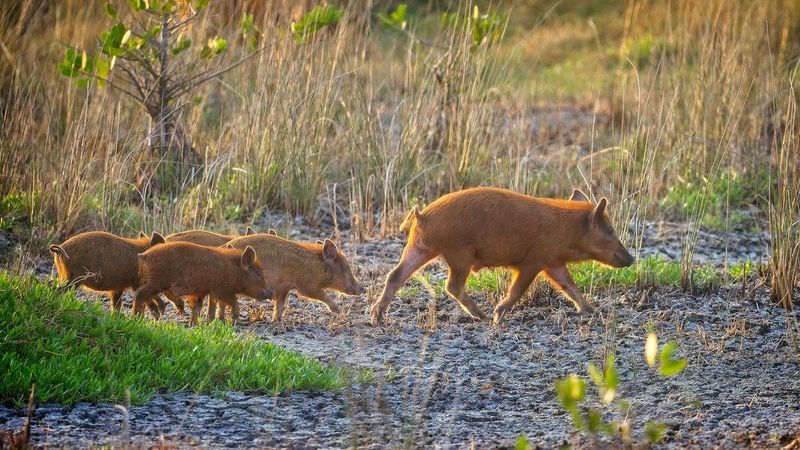
Scientists lack resources to develop better control methods. Current annual research funding for wild boar management totals less than $5 million nationwide, despite billions in damages.
Promising technologies like contraceptives and targeted baiting systems remain underdeveloped. Wildlife biologists believe effective population control requires sustained research efforts, but funding continues to lag far behind the scale of the problem.
9. Public Awareness Gaps
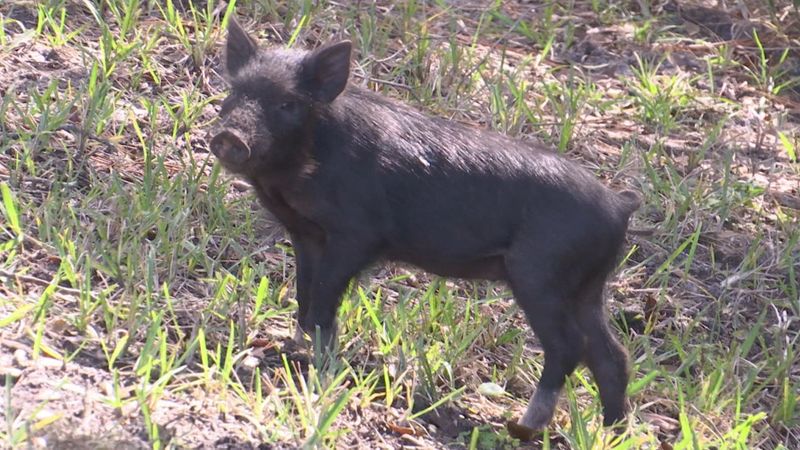
Most Americans remain unaware of the boar crisis severity. Media coverage tends to focus on isolated incidents rather than the systematic nationwide problem.
Educational campaigns receive minimal funding. Without public pressure, politicians rarely prioritize the issue. Conservation organizations report that fundraising for boar management proves significantly more difficult than for more charismatic wildlife causes.
10. Recreational Hunting Limitations
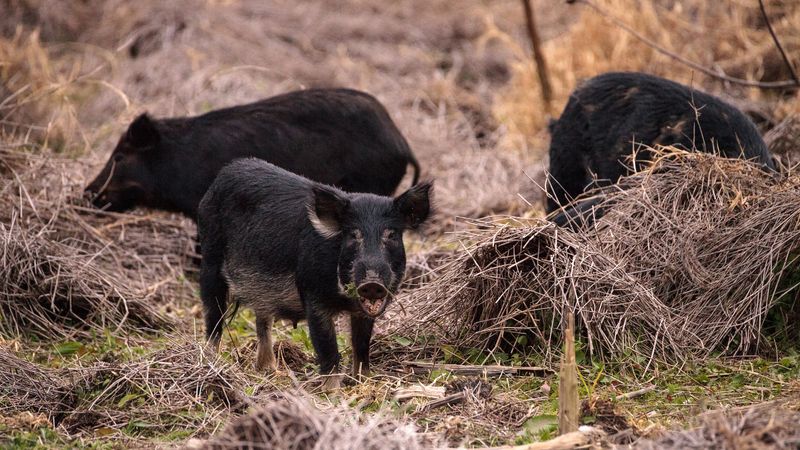
Hunting alone cannot solve the boar problem. Female boars reproduce so rapidly that populations can rebound within months after hunting pressure decreases.
Studies show 70% of a population must be removed annually just to maintain current numbers. Most recreational hunting removes only 20-30% at best. Additionally, hunting pressure makes boars more nocturnal and wary, actually reducing the effectiveness of future control efforts.
11. Economic Incentive Problems
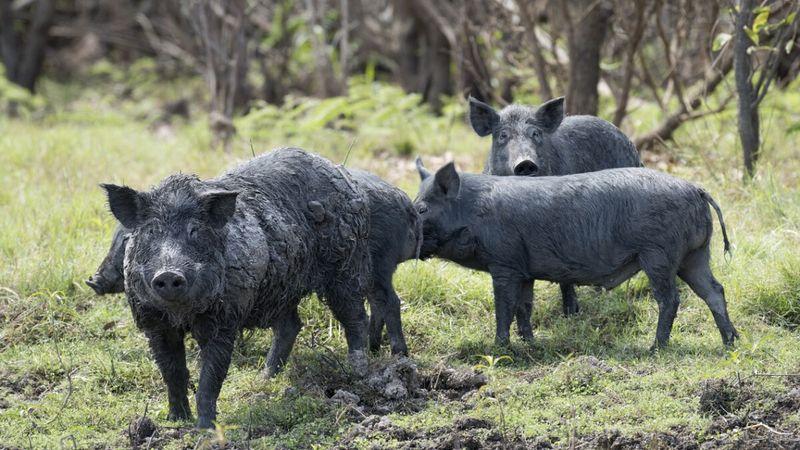
Commercial markets for wild boar meat face regulatory hurdles. USDA inspection requirements make processing expensive, while concerns about disease limit market appeal.
Bounty programs show mixed results at best. Paying per-boar fees sometimes incentivizes people to maintain populations for future income. Some states reported cases where people illegally transported and released boars to create new hunting opportunities or qualify for removal payments.
12. Climate Change Complications
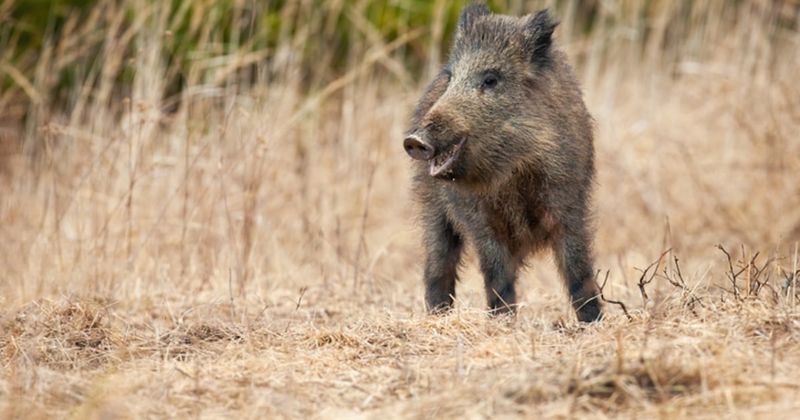
Warming temperatures expand suitable habitat for wild boars. Northern states previously protected by harsh winters now report increasing populations as milder conditions allow year-round survival.
Drought conditions concentrate boars around remaining water sources, intensifying damage. Climate models predict boar-suitable habitat will expand by nearly 35% in North America over the next 30 years, potentially introducing the problem to regions currently unprepared for their arrival.

